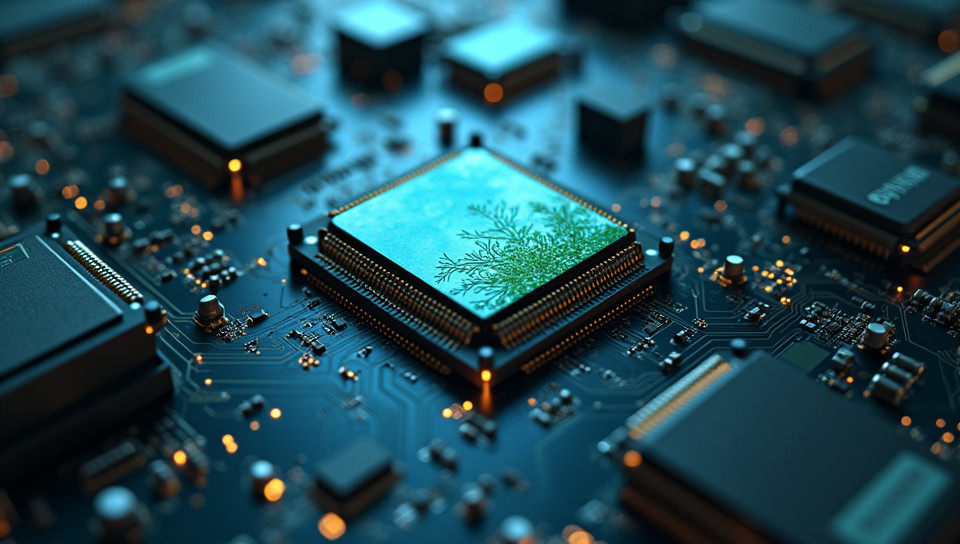The environmental impact of manufacturing electronic devices is significant 85%

The Dark Side of Tech: Unveiling the Environmental Impact of Electronic Device Manufacturing
As we continue to live in an era where technology is deeply ingrained in our daily lives, it's easy to overlook the environmental costs associated with producing these devices. However, the harsh reality is that the manufacturing process of electronic devices has a significant impact on our planet.
Resource Extraction and Waste Generation
The production of electronic devices requires massive amounts of raw materials such as metals, plastics, and rare earth elements. These resources are often extracted using environmentally destructive methods like mining and drilling. Furthermore, the extraction process generates enormous amounts of waste, which can pollute air and water sources.
The Impact on Biodiversity
Electronic device manufacturing also has a profound impact on biodiversity. The demand for raw materials leads to deforestation, habitat destruction, and extinction of species. For instance, the mining of gold and other precious metals often takes place in sensitive ecosystems like rainforests and coral reefs.
- Some of the key environmental concerns associated with electronic device manufacturing include:
- Water pollution from chemical runoff
- Air pollution from emissions during extraction and processing
- Soil contamination due to toxic waste disposal
- Loss of biodiversity as natural habitats are destroyed
The Problem of E-Waste
When electronic devices reach the end of their lifespan, they become e-waste. E-waste is a major environmental concern because it's often improperly disposed of, releasing toxic chemicals into the environment. In addition, the recycling process for e-waste is complex and energy-intensive.
A Call to Action: Sustainable Manufacturing Practices
The solution lies in adopting sustainable manufacturing practices that prioritize environmental responsibility. This can be achieved through:
- Implementing closed-loop production systems where materials are continually cycled back into production
- Investing in renewable energy sources like solar and wind power
- Designing products for recyclability and ease of disassembly
Conclusion
As consumers, we have the power to demand more sustainable practices from manufacturers. By choosing devices made with environmentally responsible materials and designed for recyclability, we can reduce our carbon footprint and promote a cleaner, greener future. The time to act is now; let's work together to minimize the environmental impact of electronic device manufacturing.
- Created by: Yìhán Guō
- Created at: Dec. 23, 2024, 1:26 p.m.
- ID: 17041




